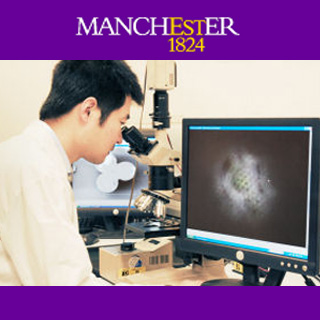
Claimed to be the world’s most powerful optical microscope, the latest technology is fabricated with a combination of an optical microscope and a transparent microsphere also known as ‘microsphere nanoscope.’ Present day optical microscope can possibly see items around one micrometer which is 0.001 millimetres clearly. But the novel microscope goes beyond the theoretical limit of optical microscopy and empowers to view 20 times smaller under normal lights. During the investigation, scientists were reportedly able to inspect the inside of human cells and also live viruses.
“Not only have we been able to see items of 50 nanometres, we believe that is just the start and we will be able to see far smaller items. Theoretically, there is no limit on how small an object we will be able to see. The common way of seeing tiny items presently is with an electron microscope, and even then you cannot see inside a cell – only the outside. Optical fluoresce microscopes can see inside the cells indirectly by dying them, but these dyes cannot penetrate viruses. Seeing inside a cell directly without dying and seeing living viruses directly could revolutionize the way cells are studied and allow us to examine closely viruses and biomedicine for the first time,†shared Professor Lin Li from the School of Mechanical, Aerospace and Civil Engineering who initiated and led the research.
Integrated with a unique nano-imaging system, the microscope allegedly allows examining tiny objects. This system is purportedly based on capturing optical, near-field virtual images, which are free from optical diffraction and amplifying them with the help of a microsphere. Then a small spherical particle may be relayed and amplified by a standard optical microscope. The optical microscope also appears beneficial in studying anodized aluminum oxide nano-structures and nano-patterns on Blue-Ray CVC disks.
The research is published in the journal Nature Communications.
